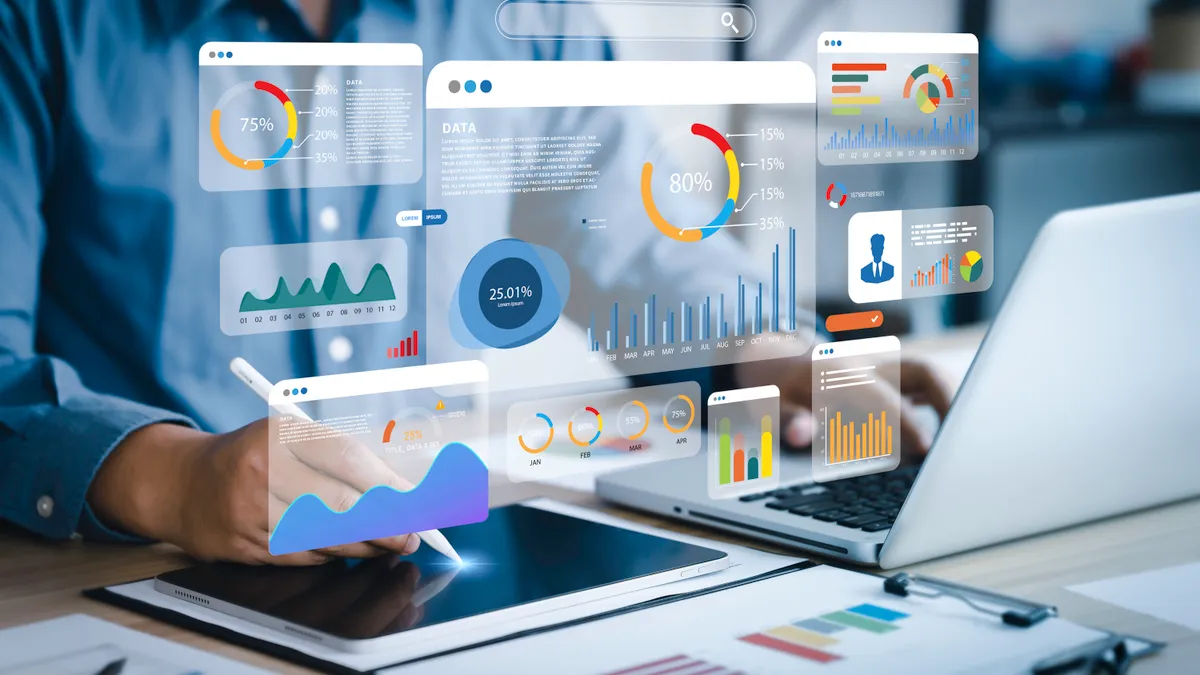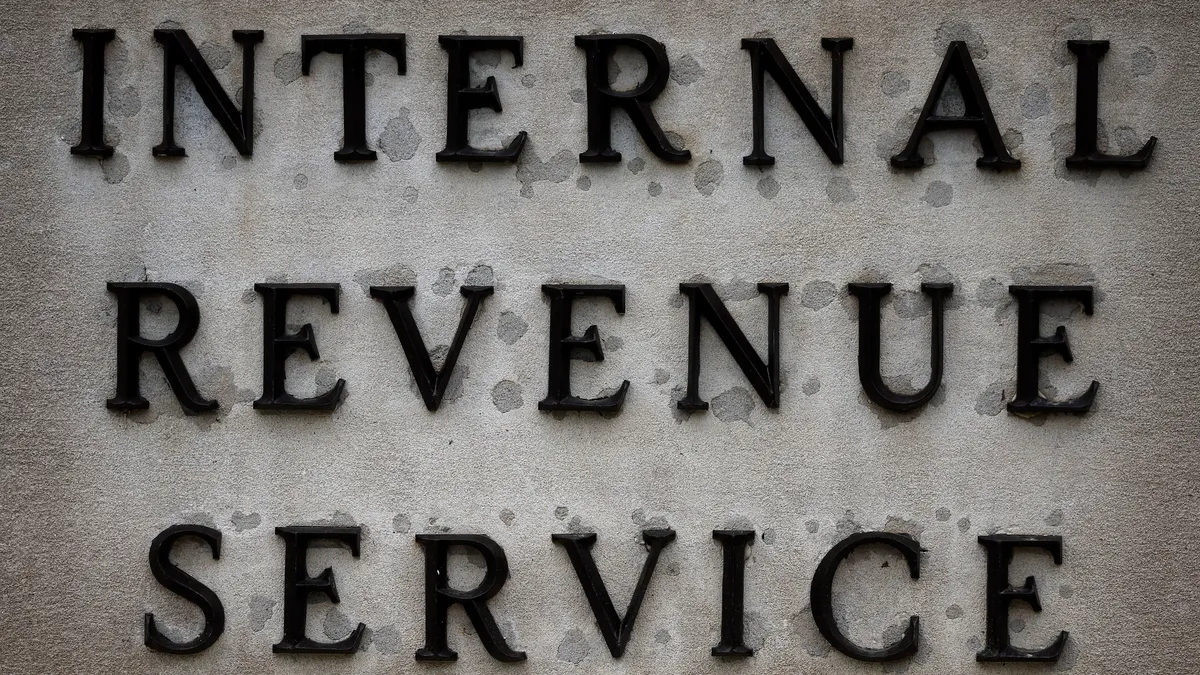As companies settle down to experiment with generative AI tools, they’re starting to zero in less on the AI models themselves and more on what makes them tick: data.
The most “important challenge around leveraging the power of AI is around data,” said Dennis Gada, global head of banking and financial services for IT service provider Infosys. “Because unless you have the underlying data, which is streamlined, which is clean, which is available in an integrated fashion, you can only have so much benefit.”
Opening data silos
Having logged a near two-decade career at Infosys, Gada is well familiar with the technology hype cycle; emerging technologies have always been slowly tweaked and adapted to best fit the needs of business. Even AI is not wholly new even in comparatively risk-adverse industries like the financial services space; while the creation of GenAI has accelerated the tools’ potential applications, the applications are only as good as the data, said Gada, pointing to a statement by Infosys’s chairman: “AI models are perishable, but data is permanent,” he said in an interview.
For CFOs, it’s therefore essential to lay some groundwork surrounding their companies’ data pipelines before implementing shiny new GenAI tools, so they can ensure the information is flowing securely — and most critically, compliantly.
“New models will get developed every day,” Gada said. “But the data is something that remains constant and that needs to be nurtured and well taken care of.”
For leaders in a highly-regulated space such as financial services, this can be easier said than done — many such firms are struggling to lift data out of the historic silos where they have traditionally languished. They’re also attempting to do so while grappling with the limits of obsolete technology; “a lot of their systems are very old and hence, difficult to quickly adapt to new technology,” Gada said.
That doesn’t mean finance chiefs are opposed to integrating GenAI; there is a lot of excitement around its potential by finance chiefs, Gada said, noting that the company’s conversations with CFOs usually surround implementing it to help simplify the day-to-day processes to which they have an intimate relationship — everything from accounting and procurement all the way to financial transactions and reporting.
From a CFO perspective, investing in the technology is “also about reducing operational losses,” Gada said, as well as short-term gains such as cost savings. “It's also about reducing the cost of infrastructure to run certain systems and processes. So there is a much larger potential impact of AI.”
The data compliance challenge
To use that potential, CFOs don’t just need to rework their data pipelines; they need to gain a more transparent view of the information flowing into those pipelines in the first place. The sheer speed of emerging technologies makes having a clear and secure sight line into what is fueling the model critical; if GenAI makes a decision too quickly, “you may not be able to… comply with some of the requirements that are there from the auditors and from the regulators, and that’s obviously not possible,” Gada said.
“So really balancing it out, how much you want to move the dial on AI while balancing the risks, that's the kind of framework that CFOs need to develop to make sure that they are getting the benefits out of it,” he said.
How data privacy, access and ownership work together is emerging as a central battle surrounding GenAI’s use as regulators worldwide take a closer look under the technology’s hood.
Italian regulators recently alleged that OpenAI had violated Europe’s data privacy laws following a year-long investigation into its data practices, according to a report by the Hill, for example, while in the U.S. the Federal Trade Commission this week opened an antitrust inquiry into GenAI investments with the aim of assessing if such partnerships will stymie competition. The data tug-of-war also surfaced in the U.K., with OpenAI sharing a statement to the House of Lords’ communications and digital select committee arguing for the inclusion of copyrighted materials in its training models, according to a report by the Guardian.
“Because copyright today covers virtually every sort of human expression… it would be impossible to train today’s leading AI models without using copyrighted materials,” OpenAI argued in the statement, noting copyrighted materials can include everything from blog posts to “scraps of software code” and government documents.
While data privacy issues have existed for a while now, what is unique about generative AI is that regulators appear to be keeping pace with the technology’s development, rather than scrambling to put rules in place after the fact, Gada said.
“That’s good for the industry, because that will ensure the right controls,” he said.






















